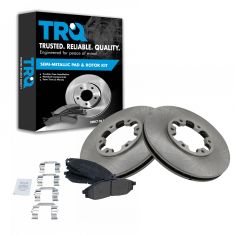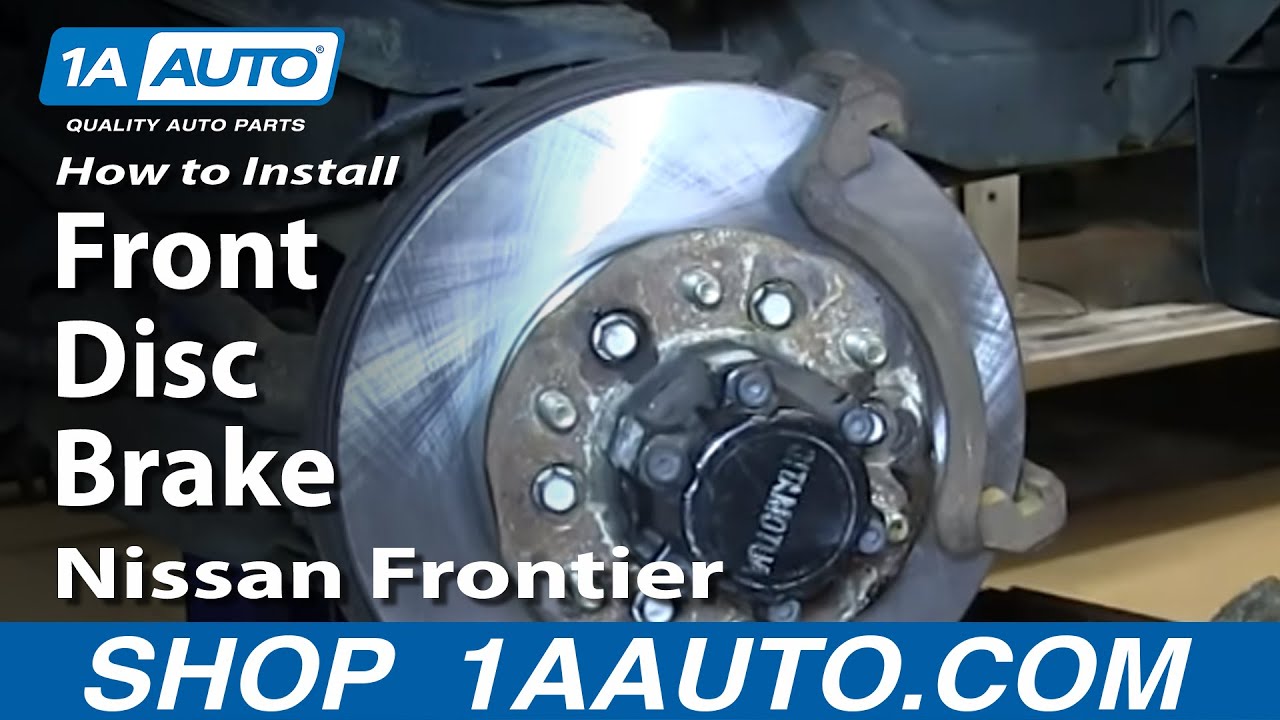1ABPS03034-Nissan Frontier Xterra Front Semi-Metallic Brake Pads TRQ BFA73580

Replaces
2002 Nissan Xterra Front Semi-Metallic Brake Pads TRQ BFA73580

Recommended for your 2002 Nissan Xterra
Product Reviews
Loading reviews
Customer Q&A
No questions have been asked about this item.
Nissan is a registered trademark of Nissan Motor Co., Ltd. 1A Auto is not affiliated with or sponsored by Nissan or Nissan Motor Co., Ltd.
See all trademarks.













